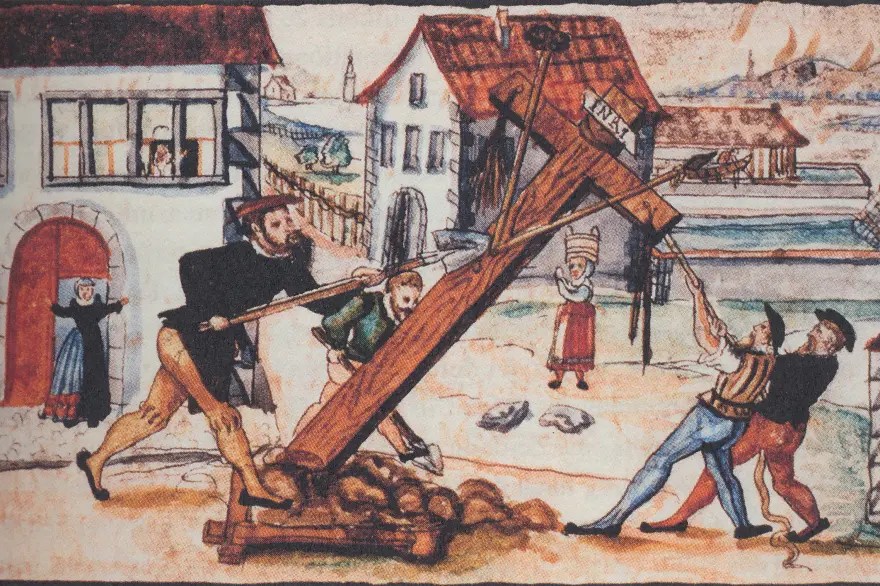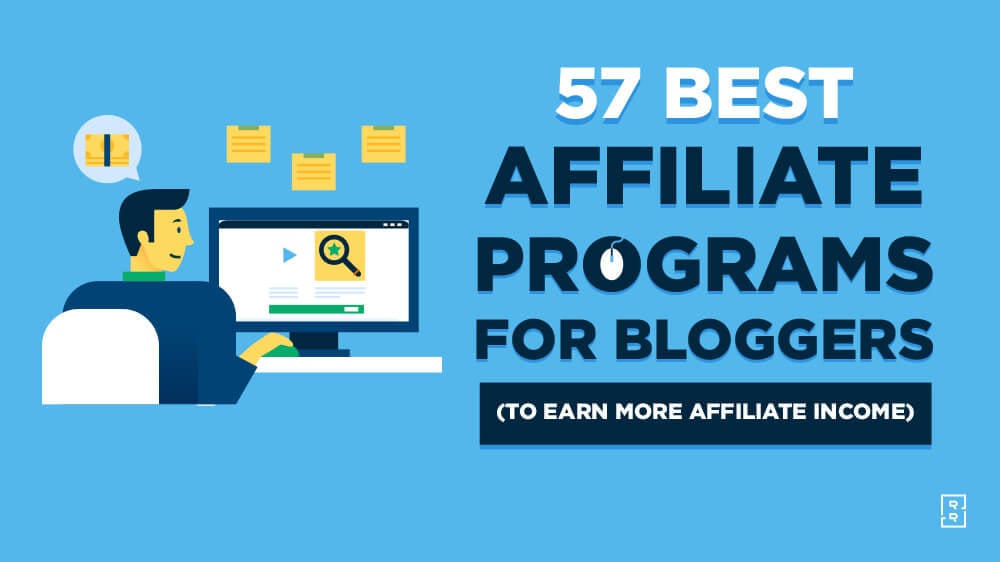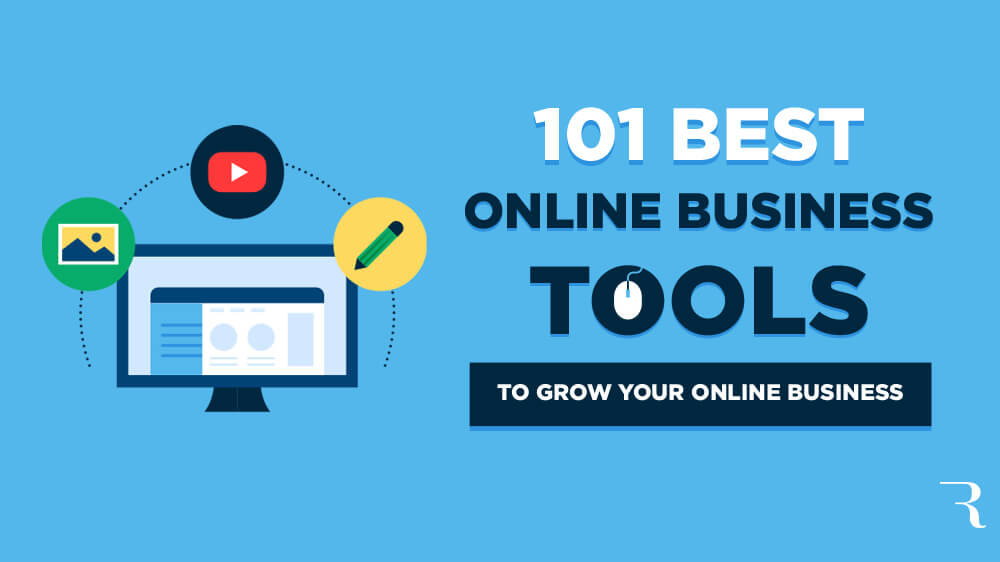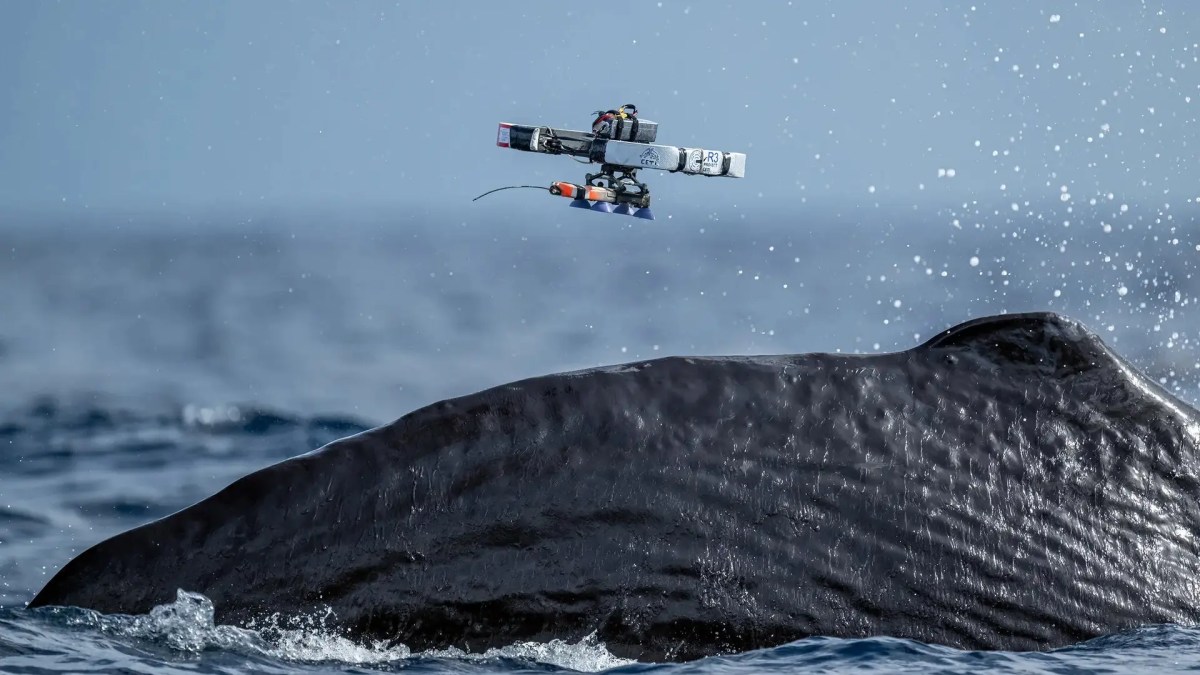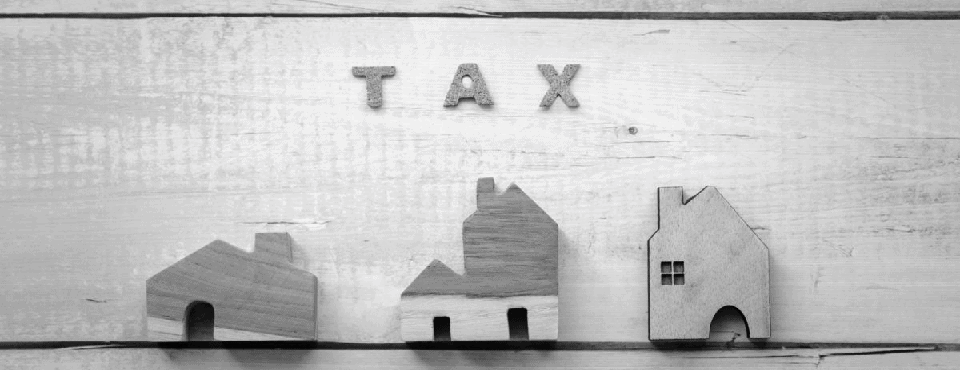For organizations in the Gallery, Library, Archives, Museum, and Performing Arts (GLAMP) space, the story around digital asset management (DAM) systems (DAMS) is often one of compromise. Either the collections team got some of what they wanted, but the vendor didn’t have any digital preservation tools; or, the collections team got exactly what they needed, but the system left the marketing team high and dry.
Buying committees at these types of organizations are familiar with settling, and in the end, implement several solutions to meet the needs of one organization.
But are siloed DAM systems really the answer? Not only do they fall short of creating an organization-wide asset repository but they bring the additional challenges of maintaining separate solutions, compliance standards, and a mounting pile of subscription fees.
As GLAMP organizations prepare functional requirements checklists, it’s important to survey multiple teams to get an understanding of the various problems facing each department. By attempting to implement a single platform, your organization can create one single source of truth, and combine budgets to get a solution that meets the needs of every department.
So what should GLAMP organizations be looking for in a single DAM solution? Here’s a checklist of five features that are a must have for any organizations.
1. Collections and Archives
At the heart of any organization in the GLAMP space is the ability to catalog, preserve, and easily make additions to its collection, while ensuring the calatog is secured. In order to cut down on manual data entry, look for solutions that can map data from external sources like a Collections Manage System (CMS). The ability to pull data from the CMS and map it to the DAM’s digital record should be configurable, allowing librarians to dictate which fields in the CMS are being mapped over to the digital records in the DAM, at an interval of the organization’s choosing.
2. Security
Make sure your organization picks a vendor with comprehensive security controls, including external penetration testing and regular audits. Look for organzations that adhere to stringent standards like FINRA, ISO 27001, GDPR, and more.
3. Preservation
Digital preservation features embedded in DAM systems play a crucial role in safeguarding a museum’s cultural heritage. Picking a solution that can meet preservation requirements is a must, and a tip to quickly create a vendor shortlist is to search for those who adhere to the OAIS (Open Archival Information System) standard. This ensures the solution you pick enforces standardized file formats and storage protocols are enforced.
Fixity is also paramount in a DAM committed to long term preservation. Make sure your solution can not only generate checksums on ingestion, but that the report is used for future scans of the system to look for any changes in the digital composition of assets. If changes to an asset are detected, the desired workflow is the DAM replaces the compromised asset with a pristine backup, maintaining the integrity of the original artifact.
In order to avoid file format obsolescence, look for solutions that can convert outdated formats into newer, supported ones, while preserving the original, ensuring the collection remains accessible and future-proofed. If you can’t find a DAM capable of achieving this workflow, consider also implementing a digital preservation system to work in unison with your DAM.
Another critical digital preservation aspect is virus checking on ingest, wherein the system automatically scans new assets upon upload to identify and eliminate potential threats to ensure they are free from viruses to protect your collection.
Read: how the Carnegie Hall used Orange DAM to preserve and share its history
4. Workflow
For larger institutions, collections and archivists are not the only teams in need of a DAM. Marketing teams are responsible for launching and promoting new events, managing timelines, budgets, and tasks. This is typically where the siloing of digital assets comes into play. Oftentimes DAM that meet the needs of the collections or archives team, fall short in allowing the marketing team to plan, budget, and track the completion of tasks needed to complete a project.
A way around this is to utilize a system that includes Media Resource Management (MRM) and project management capabilities. Having these capabilities directly integrated into their asset repository, an organization can consolidate tools and streamline new asset creation.
Here’s an example, when photographs of a new event or exhibit are completed, the photos can be easily moved into an approval process and then made available to creatives working to make new marketing materials for the event, all within the same system.
5. Fundraising
For many in the GLAMP space, fundraising is an integral part of how organizations offer new programs or exhibitions. After fundraising events, frequently teams will tag donors, board members, and/or artists in various photos and videos. Finding a solution with facial recognition will save teams countless hours of tedious metadata tagging.
For teams capturing large amounts of video presentations or speeches, DAM that can provide searchable speech-to-text automations will also save valuable time.
6. Buy for today, be ready for tomorrow
As technology advances in the GLAM space, more and more organizations are aspiring to embrace photogrammetry or support for 3D images and other born digital formats. If your organization isn’t there yet, it won’t be long before you are. Don’t put this on your wishlist, find a solution that can support the viewing of 3D assets and 360 video so that when your team is ready, you’ll already have the solution in place.
Selection
By focusing on creating a solution free of silos, GLAMP organizations should find a seamlessly integrated suite of tools all under the same DAM umbrella, allowing teams to function independently of one another, except when collaboration is required. To learn more, connect with the Orange Logic team at the upcoming DAM & Museums event.
Need tips on how to secure a grant for your organization to buy digital asset management software? Read more about Amazon’s Imagine grant, available to Nonprofits.
Publisher: Source link





